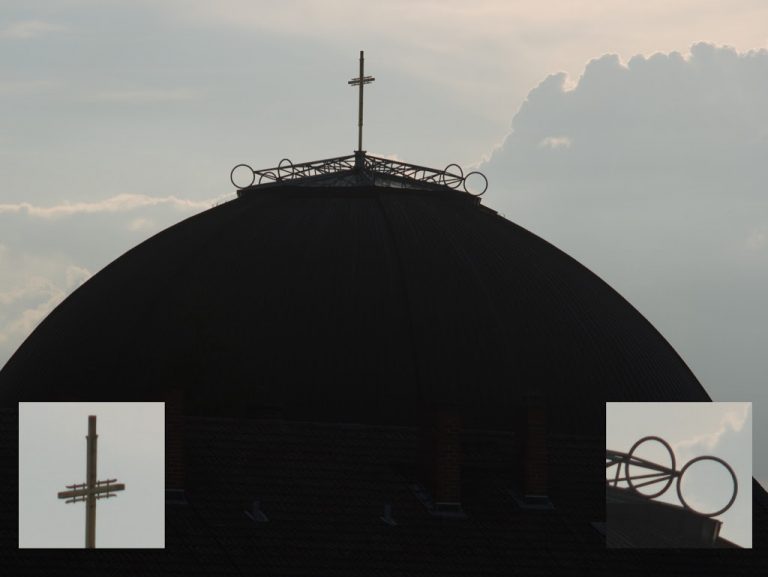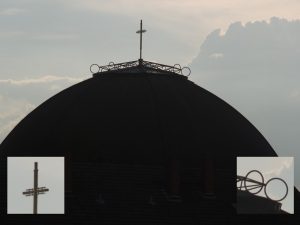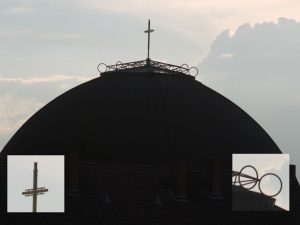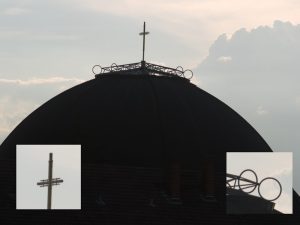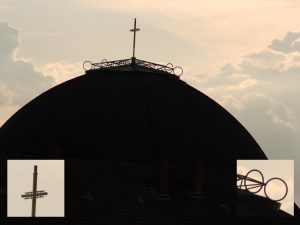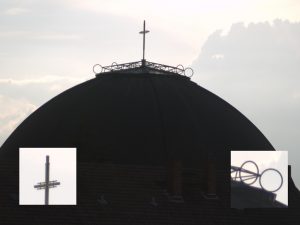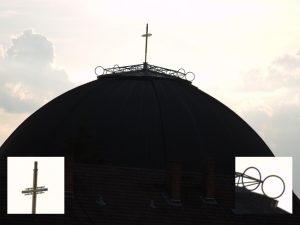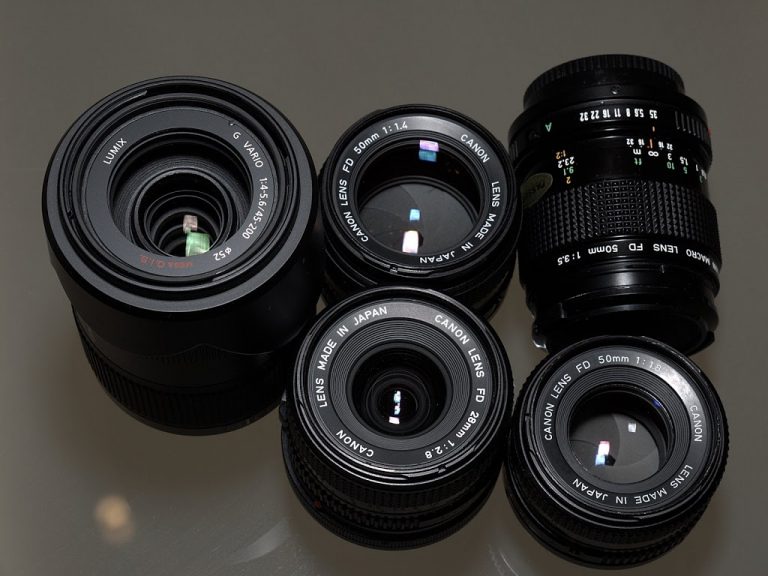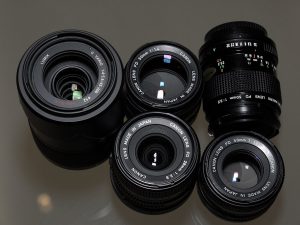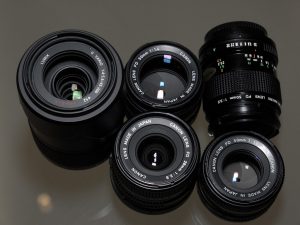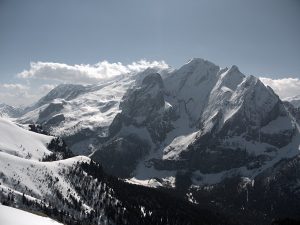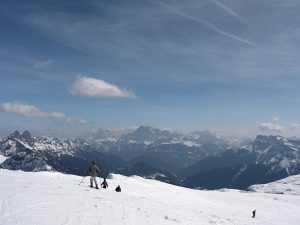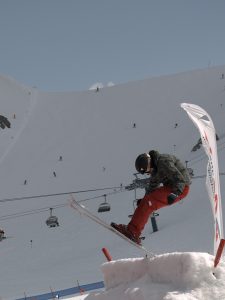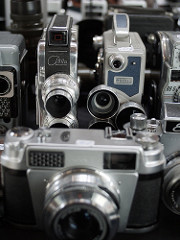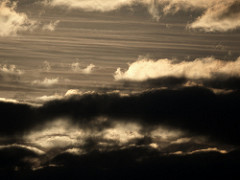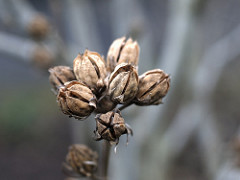If you're into photography a bit, you probably know the term register distance. It's the distance between the flange of the lens and the sensory plane of the camera body. It's one important factor in lens design and every camera system has its own, a parameter carefully chosen because it has a huge impact on the overall design of all future cameras a maker is creating.
It also defines how easy it is to use lenses of a different system on your own camera. If your camera has a larger register distance than the lens you want to use, it's not doable with just a distance piece, you need some lens in between, which makes it expensive.
Now, the µ4/3rds system, by lack of the mirror box, has about the shortest register distance of any modern digital camera system, which means it's particularly easy to adapt any lens ever made. Just recently a friend, owning a large collection of Canon FD lenses, has bought an adapter to try some pieces of his collection on my camera and by that I got the chance to try some of them myself - and I found it's really a lot of fun.
I'm especially addicted to some of the fast 50mm because they easily offer apertures around f/1.8 and larger, making them very attractive for portrait photography and still motives, the shallow depth of field offering choices in composition impossible with the set of native lenses available for µ4/3rds today. Another interesting choice is long focal length lenses, the photo above was shot using a 500mm reflex lens, quite a compact design and effectively a 1000mm now due to the cameras crop factor.
This experience has considerably changed my plans for future native lenses to buy. Originally I planned to get the 14-140 as a walk-around lens, but it seems it's not going to be as good as the Pana/Leica 14-150 for 4/3rds yet almost as expensive. I'm afraid Panasonic invested too much into making a video lens and sacrificed optical quality, at least the MTF charts suggest that. So, with my newly discovered love for fast primes I'll rather have the 20mm f/1.7 which is supposed to be out late this year.
In the mean time I'll satiate my lust for experiments with vintage glass bought cheap off flea markets or ebay. Having to operate the camera manually is not really a burden and I find the results with the 50mm f/1.4 quite pleasing, and sharper than what I can achieve with the 14-45mm kit lens.
Of course the crop factor has its downsides. It's impossible to find a decent wide angle lens, I tried a Russian made 16mm fish eye and it's not coming out really wide just heavily distorted. I also tried a 24mm f/1.4 "L" for an effective 48mm, and while it works quite well the make is just not fitting the purpose: too bulky, too heavy, all in all not a good fit. I don't want to carry that pound of glass and only use a small fraction of it 🙂 So that limits the choice to around 50mm, or really long telephoto equipment, I think that's a good variety already.

